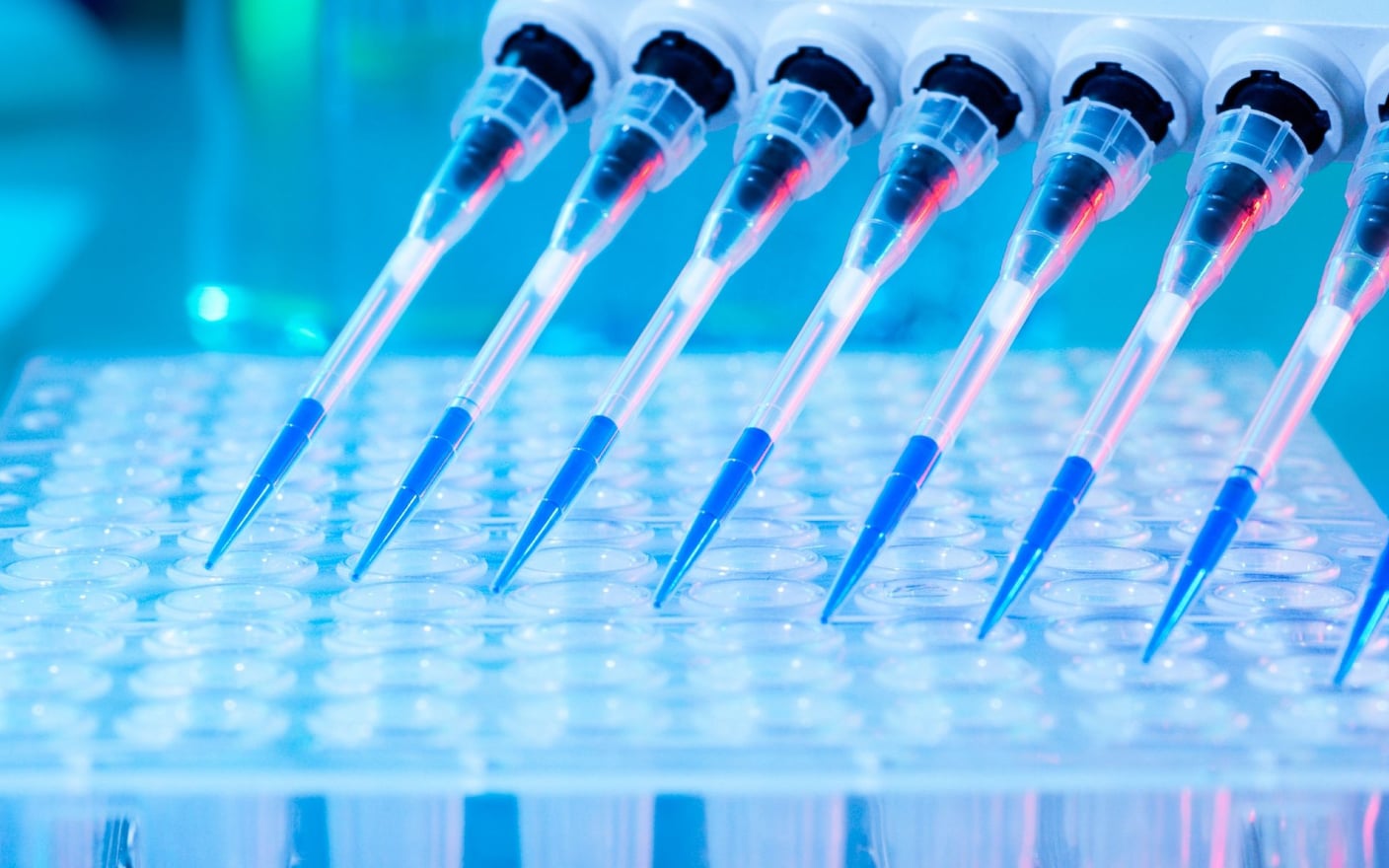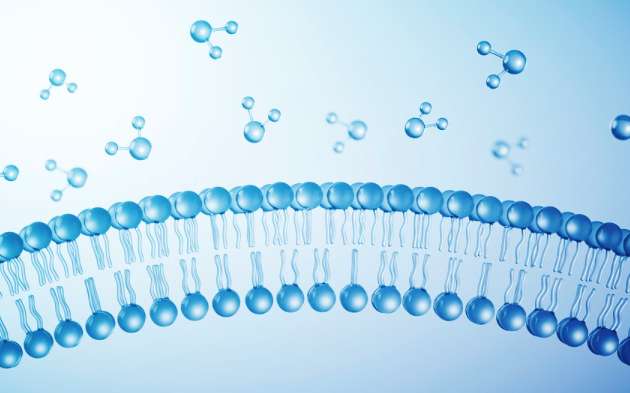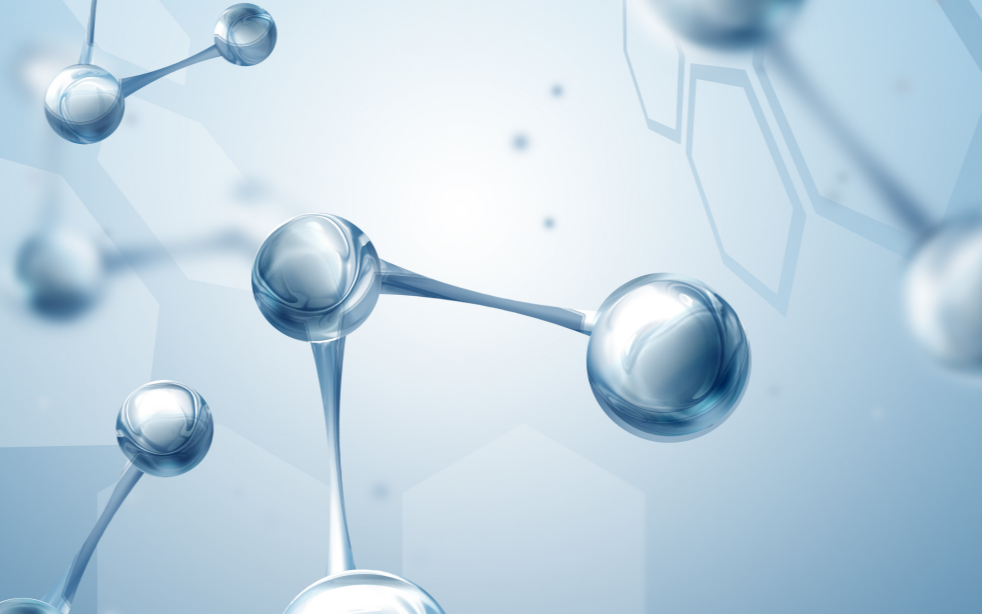Drug interactions (DDI) primarily refer to the pharmacological responses that arise when a patient concurrently or sequentially takes two or more drugs. Induction or inhibition of CYP enzymes is a major mechanism that underlies drug interactions. Notably, the induction of CYP enzymes can alter the metabolic rate of corresponding substrates, leading to the pharmacokinetic changes of the substrate in vivo, which is also considered as the emergence of interaction between the substrate and the inducer.1 In the prediction and assessment of the potential inductive effects of investigational drugs on metabolic enzymes using in vitro data, the determination of parameters such as EC50 (half-maximal effective concentration) and Emax (maximum induction effect) is crucial.2,3 This article elucidates the experimental design of in vitro CYP induction assays and outlines the most appropriate model-fitting approaches to estimate induction parameters precisely.
To accurately obtain EC50 and Emax values for assessing the induction risk of investigational drugs, the following recommendations are provided:
Assays designed to determine EC50 and Emax values should utilize 5-8 concentrations (ideally 8) of the investigational drug. The highest concentration used in the experiment should be dictated by the solubility limit and the primary hepatocyte’s tolerance of the investigational drug. These points should cover concentrations at 15 folds higher than the steady-state maximum free plasma concentration of the investigational drug (Imax, u).
The experiment should be designed based on the results from the preliminary induction study to obtain a complete concentration–induction response curve, ideally forming an S-shaped curve.
Depending on the different inductive characteristics of the investigational drugs, the most appropriate model-fitting equation should be selected to obtain an accurate estimation of EC50 and Emax values.
3 best practices for Cytochrome P450 (CYP) induction assays
1. Design of concentration range and number of concentration points
In circumstances where solubility permits and cell tolerance is considered, the dosing range should include 5–8 concentration points, including the concentration extending one order of magnitude higher than the maximal unbound plasma concentration of the interacting drug at a steady state (Imax, u).
The guidelines stipulate that the concentration range for induction assays should cover the exposure range of investigational drugs in clinical treatment. Where the permissible solubility is achieved, this range should include at least one concentration that surpasses Imax, u by 15 folds.2,3 For assays determining EC50 and Emax values, the recommended dosing range should encompass a low concentration of no observed induction effect level, a concentration representing a 10-fold safety factor (in case of inter-individual metabolic variations or the effect of co-treatment with an inhibitor of the drug-metabolizing enzyme) and a high concentration to reflect the maximal induction response. There’s a risk that the highest concentration could be toxic, potentially reducing the induction response and resulting in less meaningful data. This could also lead to the possibility of missing moderate induction at lower concentrations. Therefore, it’s recommended to conduct a pilot study to determine the cytotoxicity of the investigational drugs before performing the induction assays.
Moreover, the assays for determining EC50 and Emax values need to be constructed using 5–8 concentrations (8 concentrations as the optimal). Computational software routinely produces numeric values for the EC50 estimates. However, the generated value does not necessarily mean that it is accurate. Theoretically, there are four parameters in the logistic model, so four observed values are sufficient to characterize a curve. More accurate EC50 values can be estimated when both the lower and upper plateaus of the curve have at least two experimental data points.5 Figure 1 illustrates fitted curves with different numbers (Figure 1A vs. Figure 1B and Figure 1C) and ranges of concentration (Figure 1A and Figure 1B vs. Figure 1C). Choosing eight concentration points (Figure 1A) or five concentration points with two plateau stages being included (Figure 1B) results in a fitted Emax value less than 130% of the actual observed Emax value, and the two EC50 values are similar. When the induced level within the tested range does not reach the plateau stage (Figure 1C), the fitted Emax value exceeds 130% of the actual observed Emax value and the EC50 value shifts to the right.

Figure 1. The accuracy of the half-maximal effective concentration (EC50) calculation is influenced by the position (concentrations) and number of values (range) in the fitted curves. (A) eight concentration points with two plateau phases; (B) five concentration points with two plateau phases, (C) the induced level within the test range does not reach the plateau phase.
2. Utilizing preliminary induction results to support the experimental design
The design of the EC50 and Emax determination assays benefits from preliminary induction results to obtain a complete concentration–induction response curve.
As demonstrated in practice 1, when designing with five concentration points, the inability to include the corresponding induction plateau phases might decrease the accuracy of the calculated EC50 and Emax values. Therefore, the experimental design via the pre-investigational assay provides better-chosen concentration points to improve the accuracy.
It is essential to notice that in the induction assays, higher concentrations of the drug might not lead to higher inductive levels. High concentrations might result in reduced inductive levels due to the drug’s potential cytotoxicity. Even if the test compound does not produce cytotoxic effects, the inductive levels may still decrease at high concentrations.6 The concentration-dependent increase in the induction response reaches the plateau phase at low and medium concentrations, and a noticeable decrease is observed at high concentrations (Figure 2). Figure 2 illustrates a predictive model of an induction response, emphasizing the importance of preliminary experiments to guide the design: when including concentration points 4 and 5, the oversight of the induction response can be prevented.7

Figure 2. Induction response scenario and the use of multiple concentrations in in vitro CYP induction assays.
3. Selection of appropriate regression models for fitting the responses
Even with the guidance from the pre-tests, situations may arise where the resulting curves are less than ideal. In such cases, selecting an appropriate curve-fitting model becomes crucial to accurately obtain EC50 and Emax values for the assessment of clinical induction risk.
Typically, simulation software can generate numerical values for EC50 and Emax, but different models may yield varying levels of accuracy. Below are recommendations for each of the two scenarios:
Five nonlinear regression models (Table 1) yield similar Emax and EC50 values for concentration–induction response curves displaying classic, S-shaped kinetics (Figure 3A, the CYP3A induction curve of rifampicin). This suggests that when maximum fold induction is well defined, the choice of nonlinear regression model has a limited impact on the estimated induction parameters.8

Table 1. Comparison of five nonlinear regression models where classic, S-shaped curves were observed. Rifampicin was used as an example.
3P, logistic three-parameter; 4P, logistic four-parameter; SIG 3P, sigmoidal three-parameter; Emax, Emax model (Hill model) or maximum induction effect; HYP, hyperbolic (one site); EC50, half-maximal effective concentration

Figure 3. Comparison of nonlinear regression model fitting for (A) rifampicin or (B) efavirenz (bell-shaped curve) induction of CYP3A4 mRNA. Shaded gray circles indicate data points removed from curve fitting based on a 30% CV and a two-sided 95% confidence interval. These concentrations above that associated with the observed Emax that exhibit fold induction that is,70% of the observed Emax (i.e., 30% decrease).
For concentration–induction response curves exhibiting nonclassical, S-shaped kinetics (Figure 3B, the CYP3A4 induction curve of efavirenz), appropriate methods are required to enhance the reliability of induction parameter estimation. For "bell-shaped" curves (as indicated by the dots in Figure 3B), it is recommended to use the Sigmoidal three-parameter or the Logistic three- or four-parameter curve fitting, constraining Emax to the maximum observed induction fold to obtain a conservative DDI risk assessment (Table 2).8

Table 2. Comparison of five nonlinear regression models where nonclassical, S-shaped curves were observed. Efavirenz was used as an example.
3P, logistic three-parameter; 4P, logistic four-parameter; SIG 3P, sigmoidal three-parameter; Emax, Emax model (Hill model) or maximum induction effect; HYP, hyperbolic (one site); EC50, half-maximal effective concentration
Concluding remarks
In conclusion, for more accurate predictions of CYP induction, further refinement of experimental design and the selection of appropriate fitting models based on actual data are essential to accurately obtain EC50 and Emax Values. This process is key in assessing the induction risk of investigational drugs. By following these outlined recommendations, researchers can ensure a more accurate and reliable assessment of CYP induction, ultimately contributing to safer and more effective drug development.
The CYP enzyme induction assays are just a sample of the DDI study. For a more detailed list of assays, please click to visit or connect with our experts.
Committed to accelerating drug discovery and development, we offer a full range of discovery screening, preclinical development, clinical drug metabolism, and pharmacokinetic (DMPK) platforms and services. With research facilities in the United States (New Jersey) and China (Shanghai, Suzhou, Nanjing, and Nantong), 1,000+ scientists, and over fifteen years of experience in Investigational New Drug (IND) application, our DMPK team at WuXi AppTec are serving 1,500+ global clients, and have successfully supported 1,200+ IND applications.
Authors: Peiyuan Qiu, Lifang Jiang, Genfu Chen
Reference
1. Cytochrome P450 Structure, Function and Clinical Significance: A Review. Current Drug Targets, 2018.
2. Draft ICH guideline M12 on drug interaction studies. European Medicines Agency, 2022.
3. FDA guidance for industry: In Vitro Drug Interaction Studies-Cytochrome P450 Enzyme- and Transporter-Mediated Drug Interactions, January 2020.
4. Fipronil induces CYP isoforms and cytotoxicity in human hepatocytes. Chemico-Biological Interactions, 2006.
5. Guidelines for accurate EC50/IC50 estimation. Pharmaceutical Statistics, 2011.
6. Considerations from the IQ Induction Working Group in Response to Drug-Drug Interaction Guidance from Regulatory Agencies: Focus on Downregulation, CYP2C Induction, and CYP2B6 Positive Control. Drug Metabolism and Disposition, 2017.
7. Induction of drug metabolizing enzymes: A survey of in vitro methodologies and interpretations used in the pharmaceutical industry—Do they comply with FDA recommendations? Chemico-Biological Interactions, 2006.
8. Considerations from the Innovation and Quality Induction Working Group in Response to Drug-Drug Interaction Guidance from Regulatory Agencies: Guidelines on Model Fitting and Recommendations on Time Course for In Vitro CYP Induction Studies Including Impact on Drug Interaction Risk Assessment. Drug Metabolism and Disposition, 2020.
Stay Connected
Keep up with the latest news and insights.













